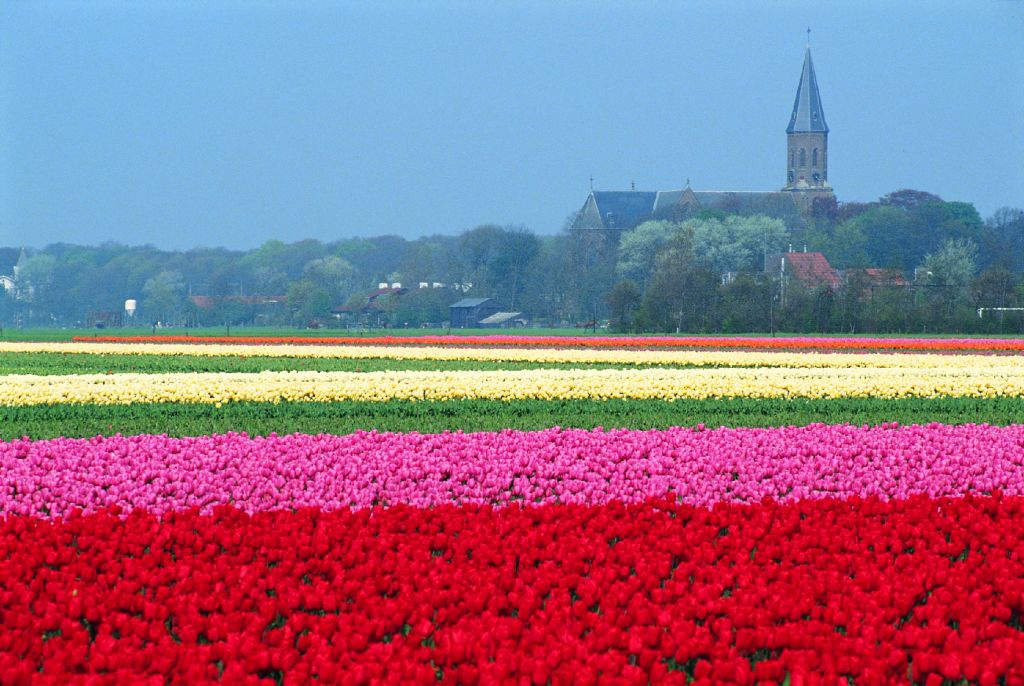
A recent study of world languages has described Dutch language as one of the easiest languages in the world for native English speakers to pick up, because of the language’s uncomplicated grammar structure. When it is written down or spoken slowly, a lot of the words are actually recognisable by English speakers too. Taking a look at the history of the language can help learners to understand more about Dutch.
Dutch is part of the Indo-European language family, as are the vast majority of European languages. Within this language family, it can be further categorised as a Germanic language. The West Germanic sub-group, in which Dutch sits, is split into three main branches: Dutch, German and English. These three branches are closely related to one another, and this can help to explain why English speakers may find Dutch easier to learn.
 Like English, the Dutch language has mainly abandoned the grammatical case system which is so common in German, although learners may have to learn the gender of nouns for some circumstances. One of the main problems that native English speakers can have when they are learning Dutch is that the pronunciation can sometimes be difficult. There are many guttural sounds in the language, which come from the back of the throat, and many learners can struggle with.
Like English, the Dutch language has mainly abandoned the grammatical case system which is so common in German, although learners may have to learn the gender of nouns for some circumstances. One of the main problems that native English speakers can have when they are learning Dutch is that the pronunciation can sometimes be difficult. There are many guttural sounds in the language, which come from the back of the throat, and many learners can struggle with.
Despite the fact that Dutch comes from the Germanic language family, you should take care not to call the language, “German”, or you may end up insulting some of those who you are speaking to. Germany and the Netherlands have a long and interesting political history together, and some Dutch people may consider this mistake to be politically offensive. Take particular care when using the words “Dutch” and “Deutch”, which is the German language word for the German language. Although the two words are both derived from the same root, they mean very different things.
Dutch is more widely used than most people realise, and it can be a very useful language for world travellers to know. Although there are only about 17 million people living in the Netherlands at the moment, Dutch is regularly used by about 28 million people worldwide. Whilst most of these people reside in areas of the European Union surrounding the Netherlands, there are also communities of speakers in South-East Asia, Africa, the Caribbean and South America. In the former Dutch colony of Suriname, Dutch is still the sole official language and around 85% of the population speak it as a first or second language. It is also widely intelligible in southern Africa, where Afrikaans is widely spoken. Afrikaans began to develop in the 17th century, when a large number of Dutch and Flemish farmers moved to the area. Over 90% of the words still used in Afrikaans are borrowed directly from the Dutch language.


